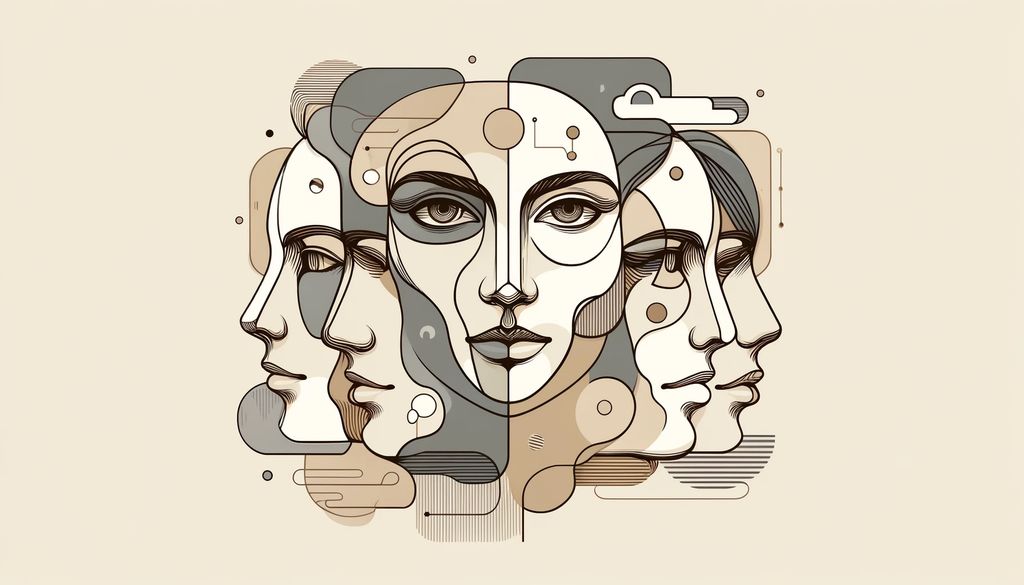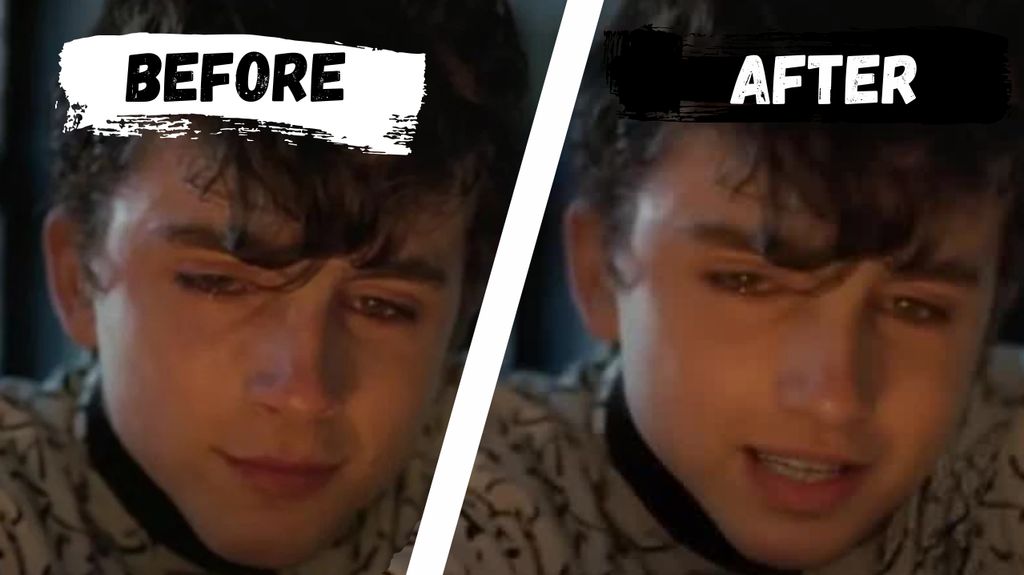10 Types of Animations (And When to Use Them)

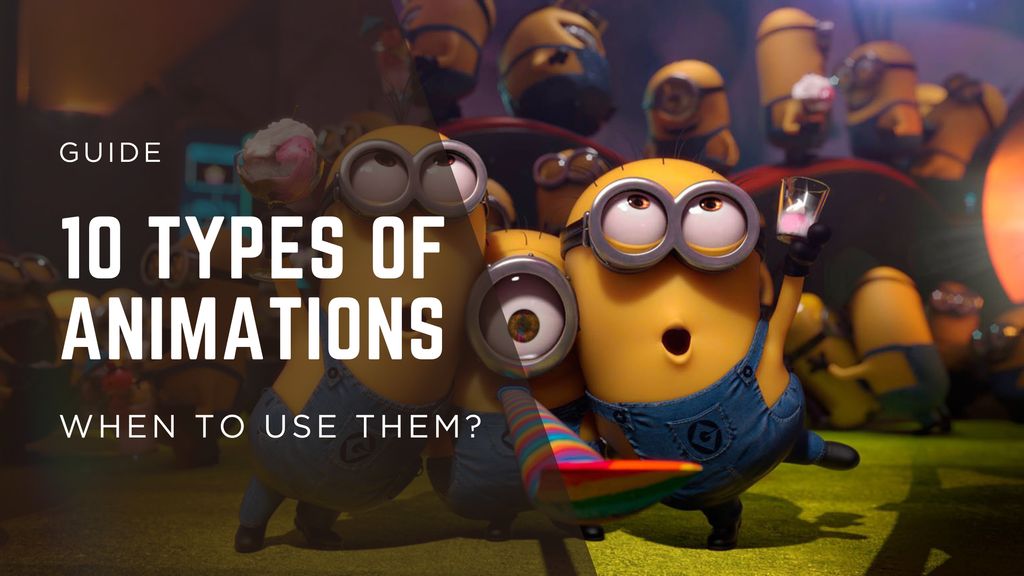
Animation has come a long way from the early days of hand-drawn cartoons. Today, animation isn’t just for movies or Saturday morning shows - it’s a key tool across marketing, education, social content, UX design, and even business presentations.
Whether you’re telling a brand story, explaining a concept, or just adding visual flair to your content, picking the right animation style matters. Here are 10 of the most common types of animation in 2025 - and when to use each.
1. 2D Animation
The classic. 2D animation involves creating movement in a two-dimensional space, often using vector graphics or hand-drawn illustrations.
Best For: Explainer videos, educational content, app walkthroughs
Why Use It: It’s clean, lightweight, and perfect for storytelling or brand visuals.
Pro Tip: Combine with voiceover for clear, engaging narratives.
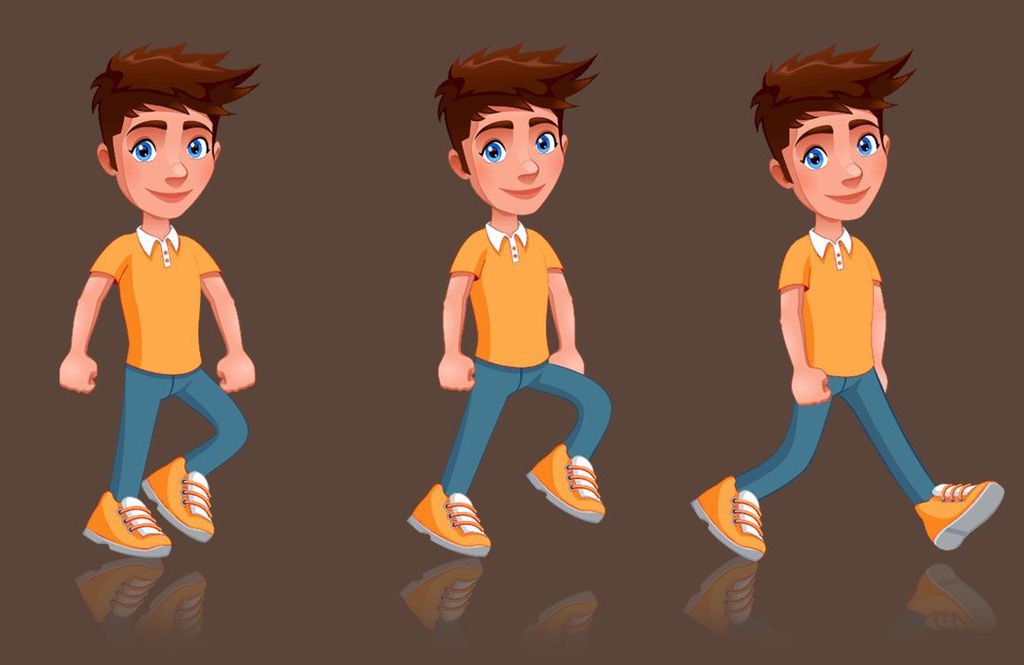
2. 3D Animation
3D animation adds depth and realism. Characters and environments are built in 3D software and animated for lifelike motion.
Best For: Product demos, games, high-end ads, architectural walkthroughs
Why Use It: Offers cinematic depth and polish. Great for showing off physical products or simulating real-world scenes.
Pro Tip: Use sparingly for social unless you’re going for cinematic flair - 3D is heavier on render time.
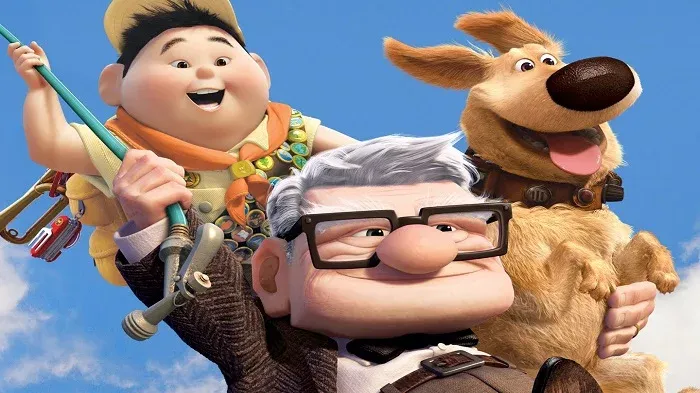
3. Motion Graphics
Motion graphics involve animating shapes, text, and graphic elements. It’s the go-to style for data visualization and brand content.
Best For: Presentations, SaaS videos, title sequences
Why Use It: Keeps content engaging and digestible, especially with abstract ideas.
Pro Tip: Pair with music or SFX to make even simple slides feel dynamic.
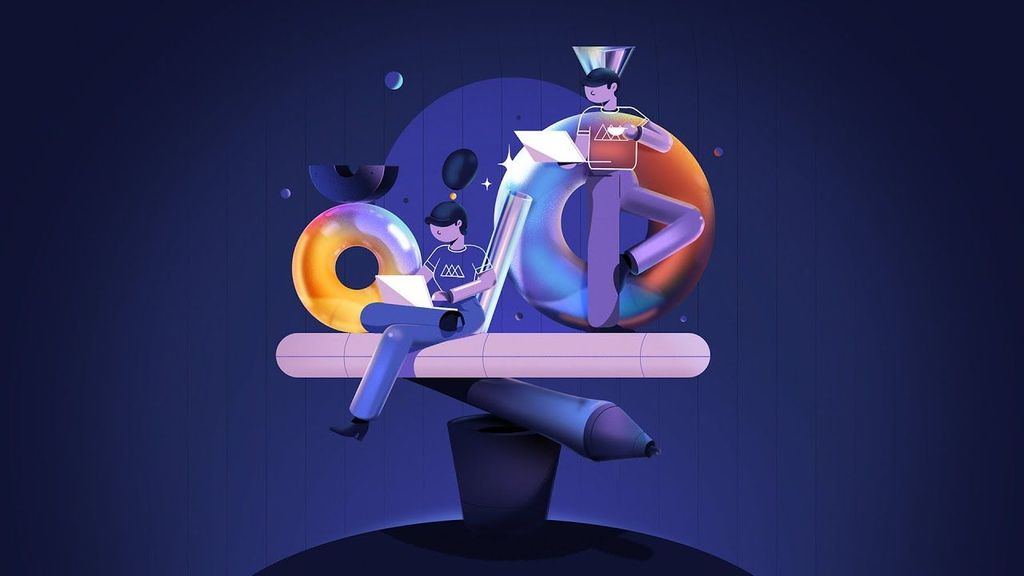
4. Whiteboard Animation
A hand "draws" on screen while a narrator explains - it mimics a whiteboard session. Super popular for educational content.
Best For: Training videos, explainer series, B2B content
Why Use It: People love watching visuals unfold as they learn.
Pro Tip: Keep it short and script tightly - pacing is key.
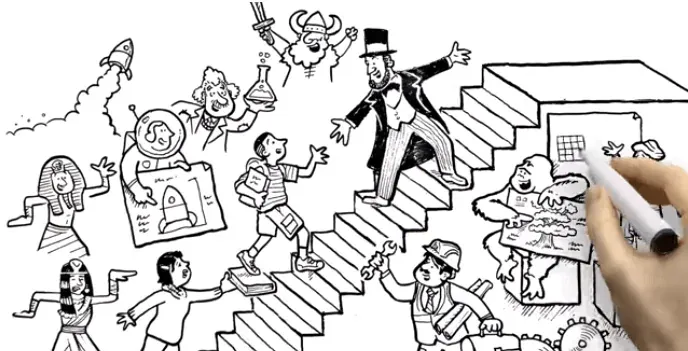
5. Stop Motion
This traditional technique involves photographing objects frame-by-frame as they’re moved manually. Think Claymation, LEGO shorts, or artistic reels.
Best For: Artistic projects, ads, TikToks
Why Use It: Quirky, handmade feel. Memorable and unique.
Pro Tip: Plan your shoot carefully - even short videos take time.
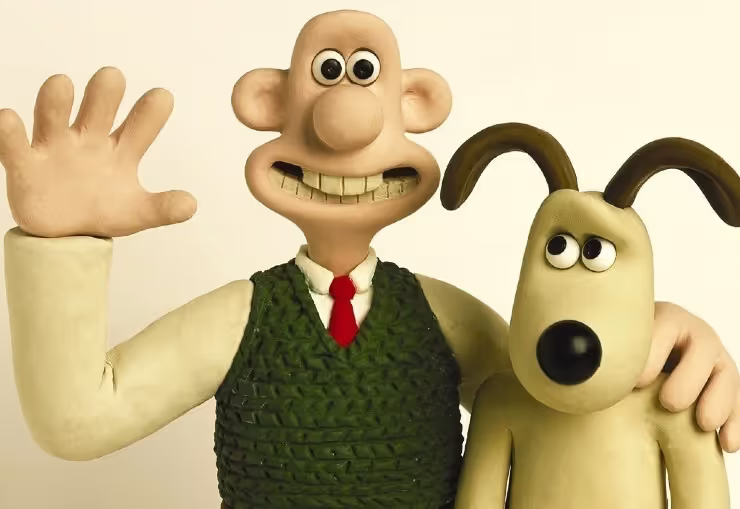
6. Cut-out Animation
Using flat pieces (like paper dolls or collage art), this style mimics early animation. Can be digital or physical.
Best For: Stylized shorts, indie films, retro brand aesthetics
Why Use It: Distinctive look with a DIY edge.
Pro Tip: Combine with 2D animation for smoother movement.
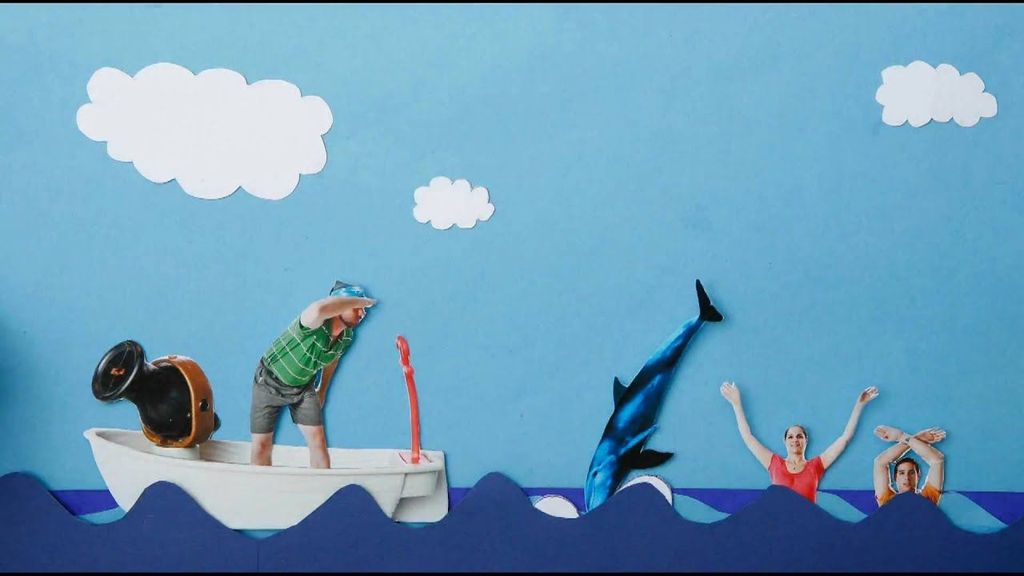
7. Rotoscope Animation
Rotoscoping involves tracing over live-action footage frame by frame. It creates realistic motion with an artistic touch.
Best For: Music videos, artistic projects, stylized campaigns
Why Use It: Real movement + unique visual flair.
Pro Tip: Use for short sequences - it’s time-consuming.
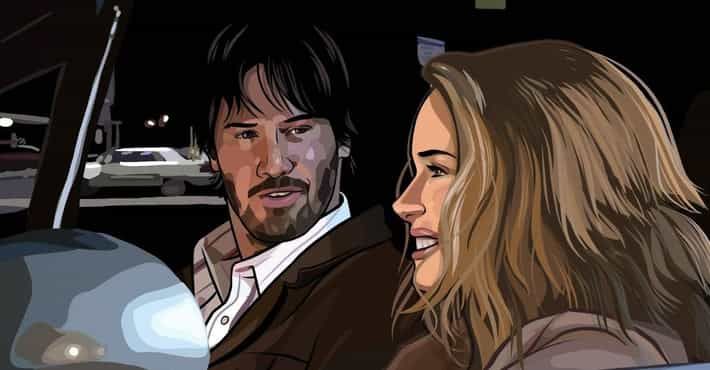
8. Typography Animation (Kinetic Typography)
Animating words to emphasize speech or tone. Used in everything from music videos to promo ads.
Best For: Song lyrics, quote videos, product intros
Why Use It: Makes words feel alive and emotional.
Pro Tip: Sync closely with voice or beat for impact.
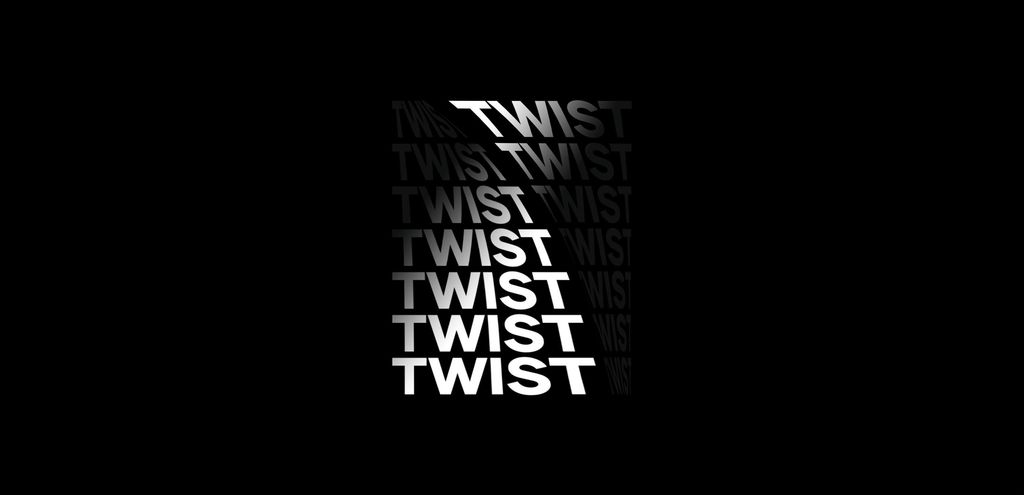
9. Mechanical/Technical Animation
Used to explain how things work - especially machinery, software, or physical products.
Best For: B2B explainers, industrial marketing, tutorials
Why Use It: Great for demos, instructions, or onboarding content.
Pro Tip: Use clear visuals + labels to avoid confusion.
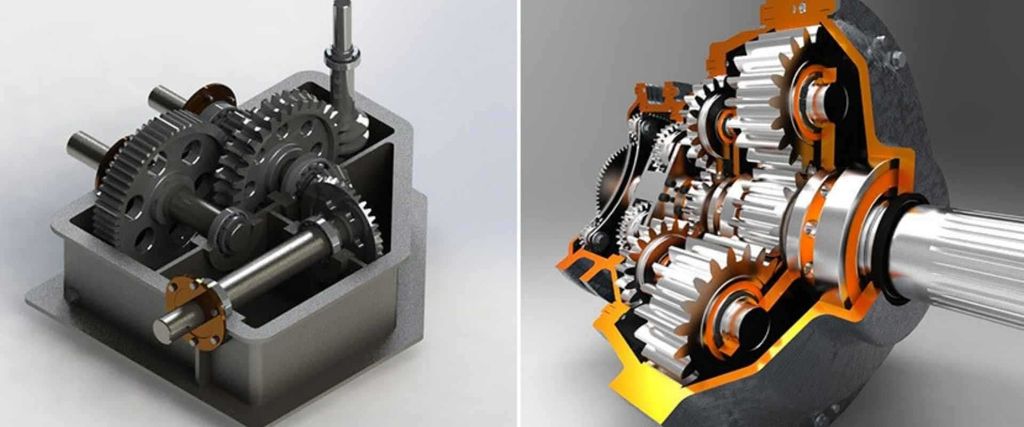
10. Hybrid Animation
Many modern videos blend 2D, 3D, motion graphics, and even live footage. Hybrid animation lets you combine the best of each style.
Best For: Brand films, campaign content, showreels
Why Use It: Maximum creativity and flexibility.
Pro Tip: Balance styles carefully - consistency matters.
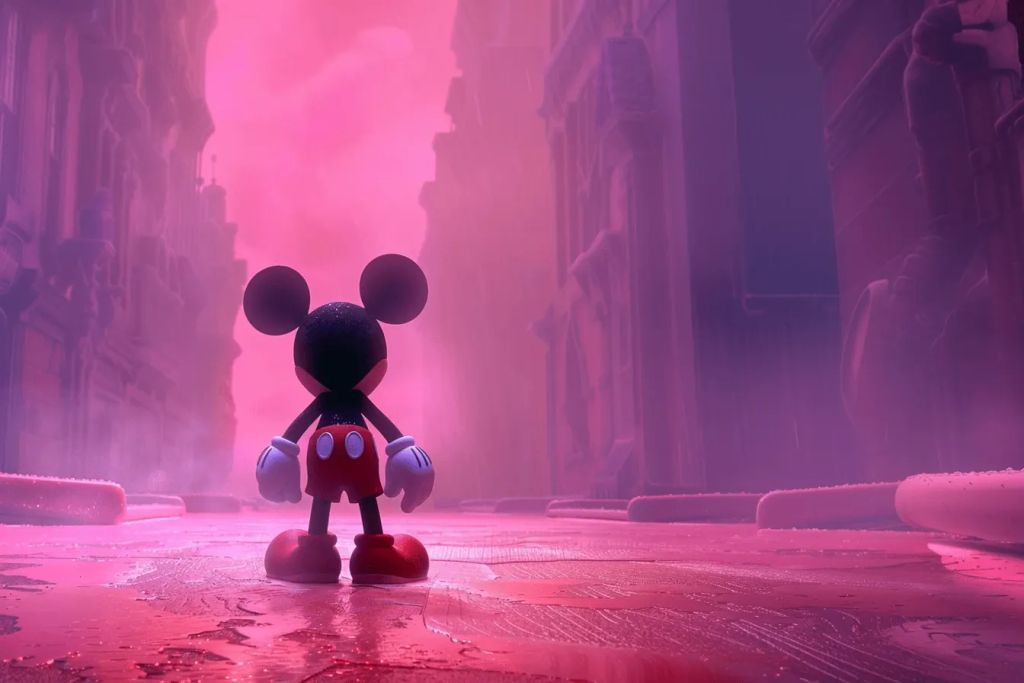
How to Animate Your Photos with Magic Hour
Magic Hour makes it super simple to animate still images with AI. Whether you want your selfie to blink, smile, or transform into an anime character, here’s how to get started:
- Go to Magic Hour’s Image-to-Video Tool.
- Upload your photo - ideally, a clear portrait or centered object.
- Type the propmt: add your face motion, stylized animation (anime, 3D, cartoon), or dynamic scene edits if needed.
- Customize: Adjust intensity, timing, and motion speed.
- Click generate. In mins, you’ll have a short video animation ready to download.
Final Thoughts
Animation is no longer one-size-fits-all. The best type of animation depends on what you’re creating, who it’s for, and how you want it to feel. Try mixing a few styles, experiment with AI tools, and match the tone to your message.

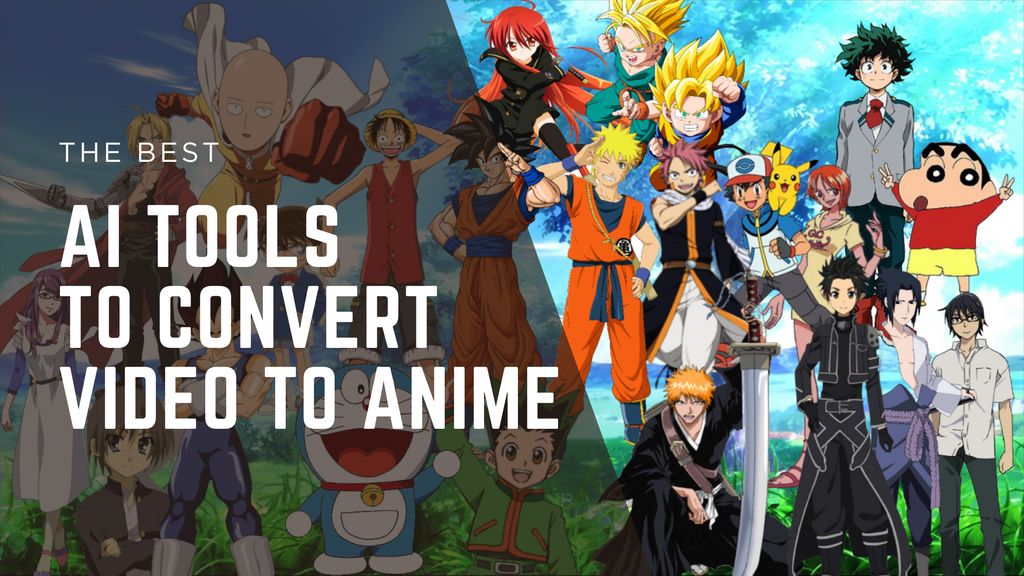
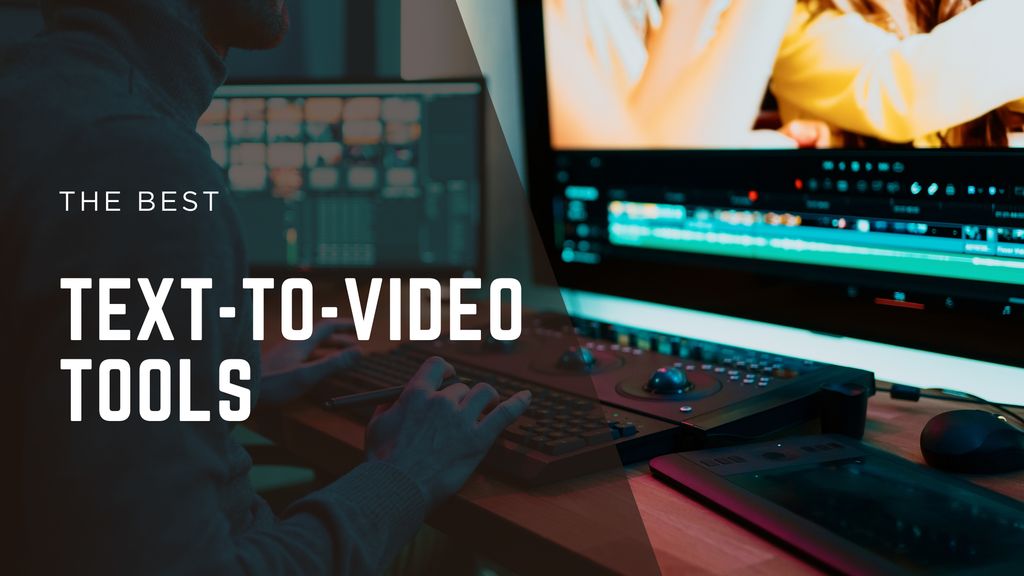
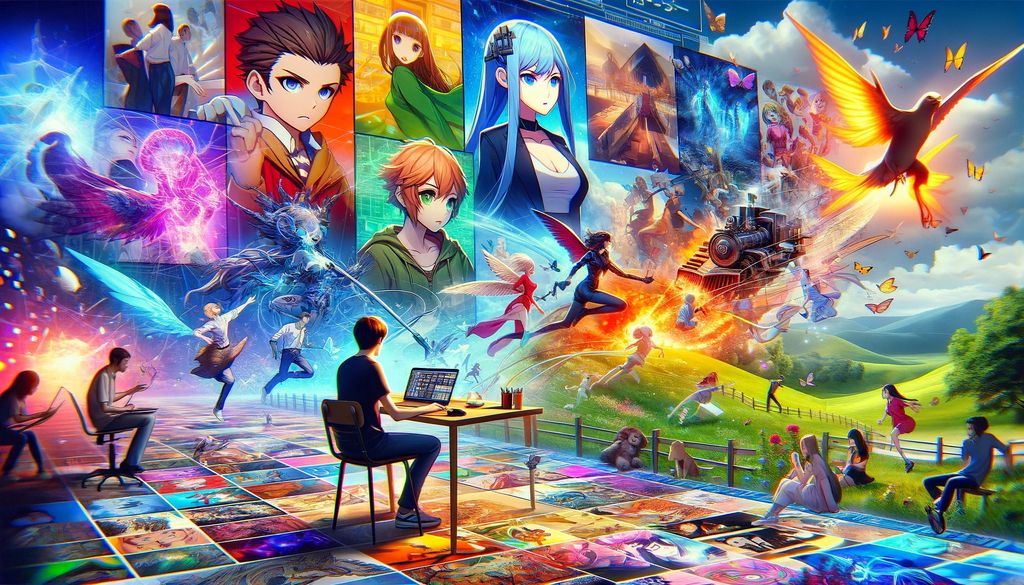
.jpg)
